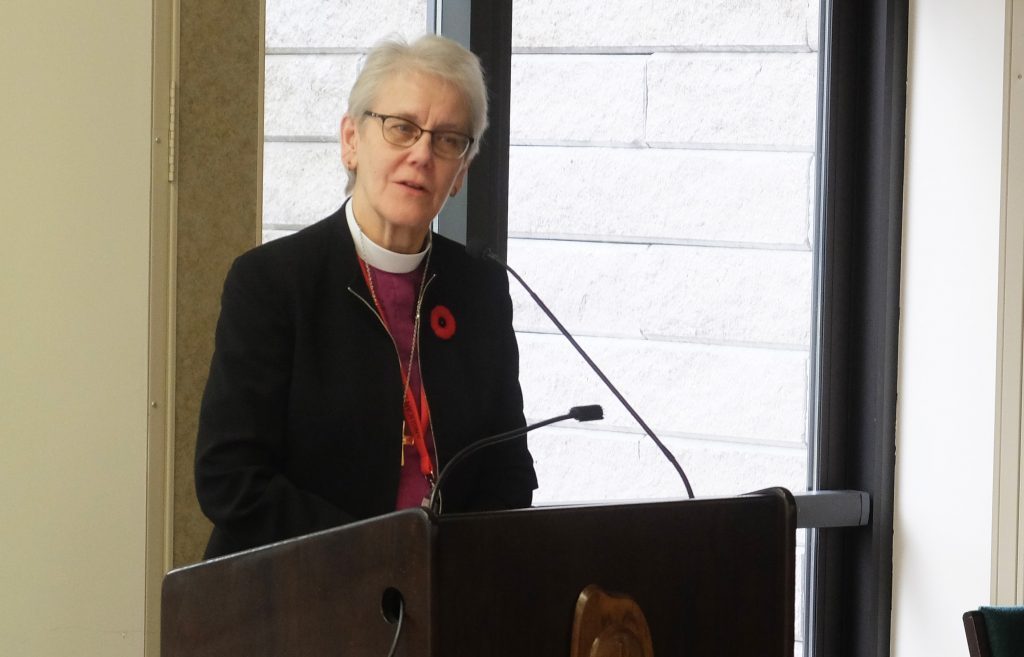The recently published attendance statistics of the Anglican Church of Canada paint a gloomy picture of a dying denomination. The proposed solution is to do more of what is killing the church but do it with more enthusiasm.
Five conservative clergy in the Diocese of Toronto have noticed the flaw in this strategy and are proposing, not a divorce exactly, but at least a separation. They optimistically reckon that a third of the clergy in the diocese would go along with this.
This is nonsense for two reasons:
First, clergy willing to risk their reputation, friendships, buildings and pension for the sake of the Gospel have already done so: they have joined ANiC.
Second, it assumes that liberals in the church are willing to live alongside those who disagree with them. They aren’t. If you want evidence of this, look back at the recent General Synod after the failure of the marriage canon vote. Those who lost the vote were literally rolling on the floor wailing in anguish because their views were not affirmed. Uniformity of thought is the only balm that will ease their suffering.
Some may see this letter from the Anglican Communion Alliance as encouraging. I don’t. Conservative clergy who remain in the ACoC have been in desperate retreat for decades, occasionally throwing up a rearguard action as a squid squirts ink to aid in its getaway. If they really meant what they said, they would no longer be ACoC clergy.
From here:
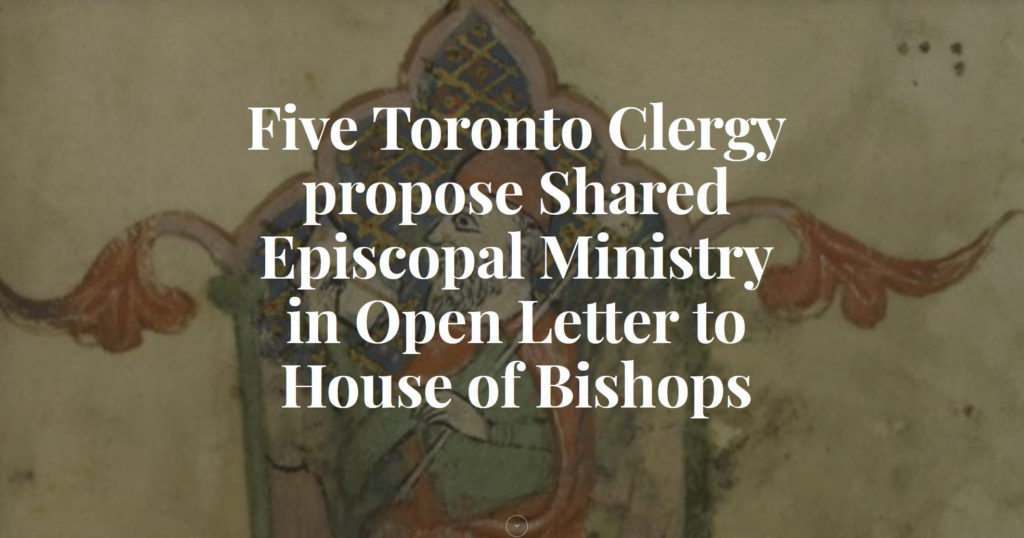 An Open Letter to the House of Bishops November 14, 2019
An Open Letter to the House of Bishops November 14, 2019
A simple question:
If the clergy of Toronto were asked, “How many of you wish to be part of a region where your ministry will be conducted within the boundaries of the doctrine, discipline, liturgy and canons of the church?,” how many would say “yes’? Likely a third. Probably more.
The question is asked because a clear choice now exists. If Toronto’s 2019 Diocesan Synod is the example, the ruling ethos of the diocese, led by a very talented and likable bishop, is demonstrably outside those boundaries.
Using experimental liturgies and hymns that abandon the “common prayer” of the church,
. . . living by the open sexual ethic of the local option,
. . . in public defiance of the church’s canons
. . . according to a faith that is unrecognizable by the received standards of the Christian faith and indistinguishable from the secular mores of Canada’s cultural elite.
And, not insignificantly, having failed completely regarding one of its most cherished dreams – diversity! In the time that membership in the ACC fell from 1.3 million to 350,000, down to less than 100,000 in average Sunday attendance, Canada’s population doubled. Where the ACC once represented 7% of the population, that number has now dropped to 1%. There are two ways forward. The first is the status quo. If you choose 1960 as the starting point, it has 60 years of decline behind it. It was a time when that which was held in common – doctrine, discipline, canons and liturgy – shrank dramatically, and the outer boundaries grew apart, to the extent that they are no longer recognizable to each other.
The second is to recognize that the outer limits cannot, at present, be contained in the same body because the resulting tension is both destructive and fatal. It is to declare a 20-year ceasefire and to give what has become two distinct realms the freedom to conduct their ministries according to their truest lights and to show the fruit of their ministry. Call it the Gamaliel experiment. Keep it simple. For the sake of the unity of the church, limit the division to bishops and clergy. Parishes would retain a certain independence and remain able, as they now are, to seek and request a change in direction when a successor is appointed.
Let the experimental party be guided by their self-declared bishops.
And let that party seeking to live within the boundaries of the received doctrine, discipline, liturgy and canons of the church fall under the oversight of bishops publicly committed to upholding the received teaching of the Church. Communion Partners and Communion Partner bishops is one example ready to hand. They are a body already active in Canada, recognized communion wide and capable of maintaining order and oversight according to the received faith of the church.
Why 20 years? Because the best prediction says 2040 is when we close up shop, anyway. If this is the last leg of the journey, would it not be better to have the two realms in a state of peaceful co-existence, serving at full strength, to be judged by the fruit of their ministry for the sake of Christ and his Church?
We place this proposal — our own — before the whole House of Bishops to consider.
Ajit John+, Murray Henderson+, Dean Mercer+, Ephraim Radner+, Catherine Sider-Hamilton+
Like this:
Like Loading...
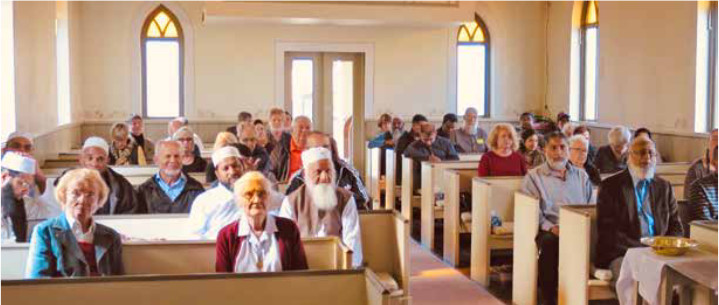


 Consider this. The Christmas story is not just about Jesus. Yes, it’s a theological construct designed to bolster the Christian claim that Jesus is the Son of God. But it’s also a mythic tale that has something to say about all of us. Or why would we still be telling it, lo, these many years later? It’s not supposed to be just about him!
Consider this. The Christmas story is not just about Jesus. Yes, it’s a theological construct designed to bolster the Christian claim that Jesus is the Son of God. But it’s also a mythic tale that has something to say about all of us. Or why would we still be telling it, lo, these many years later? It’s not supposed to be just about him!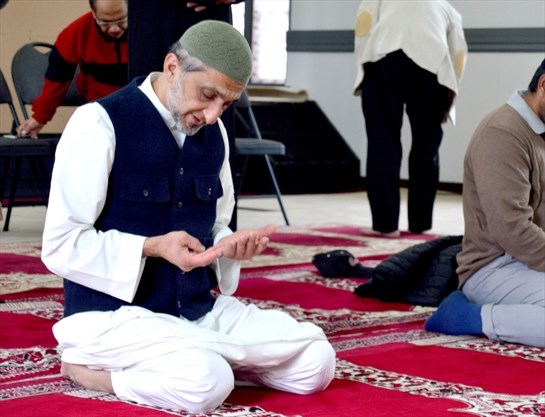 A behind the scenes look into the Erin Islamic Cultural Centre
A behind the scenes look into the Erin Islamic Cultural Centre The Diocese of Bristol and
The Diocese of Bristol and  Susan Green and Brenda Halley chose the Anglican Cathedral of St. John The Baptist as their church 12 years ago, little realizing that they would be part of history.
Susan Green and Brenda Halley chose the Anglican Cathedral of St. John The Baptist as their church 12 years ago, little realizing that they would be part of history. An Open Letter to the House of Bishops November 14, 2019
An Open Letter to the House of Bishops November 14, 2019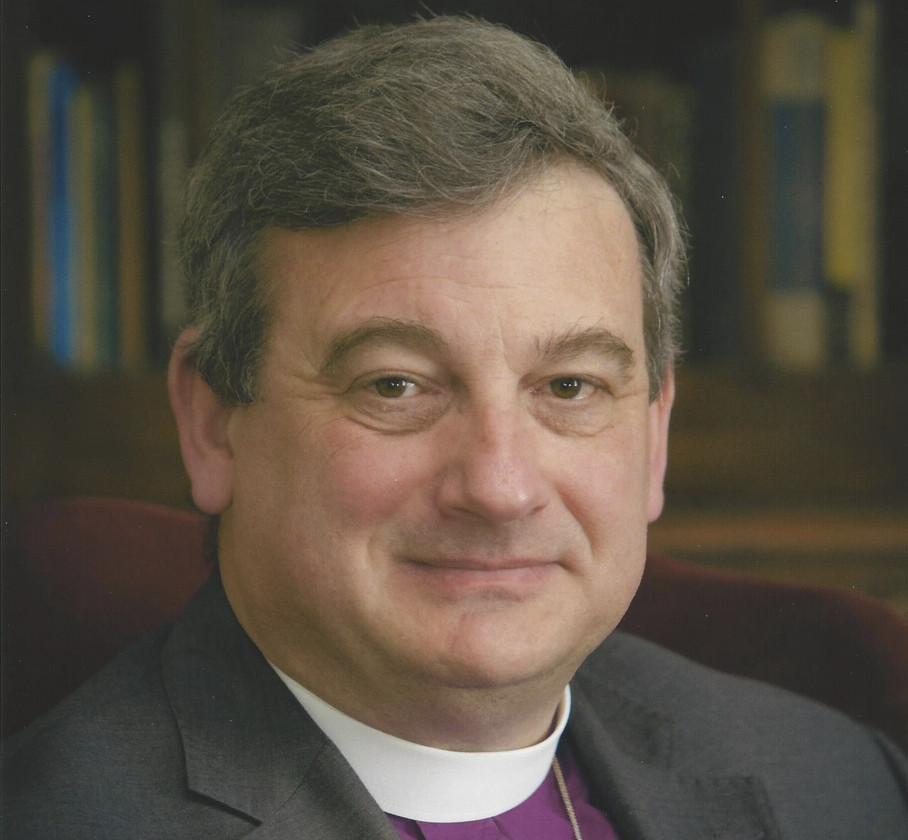 Dear Friends,
Dear Friends,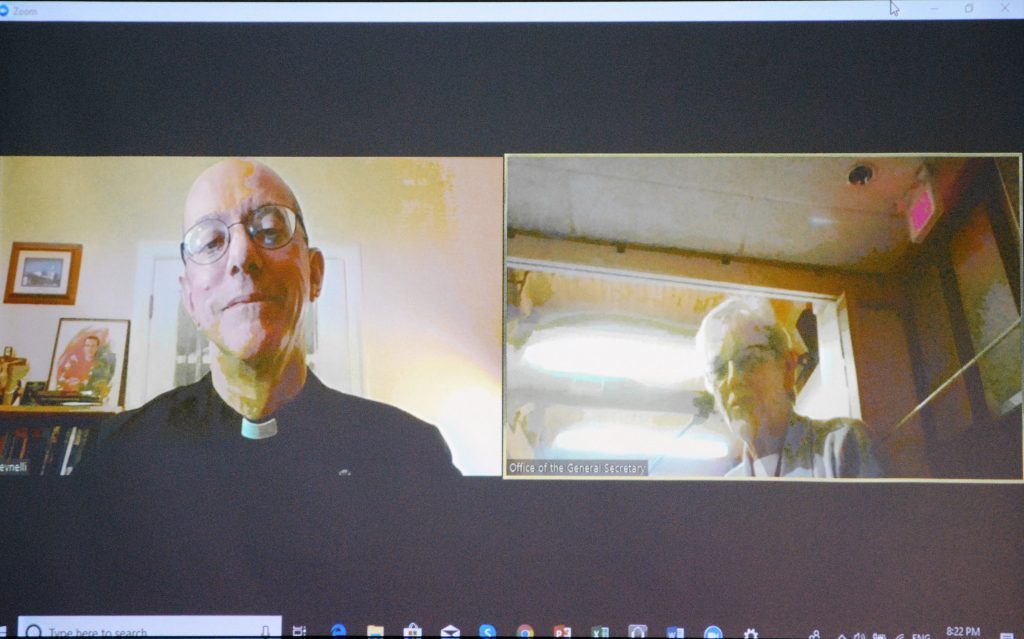 Nicholls said she hoped that instead of trying to figure out why the church was in numerical decline, or get drawn into a “vortex of negativity” about it, Canadian Anglicans would instead focus on the church’s calling.
Nicholls said she hoped that instead of trying to figure out why the church was in numerical decline, or get drawn into a “vortex of negativity” about it, Canadian Anglicans would instead focus on the church’s calling.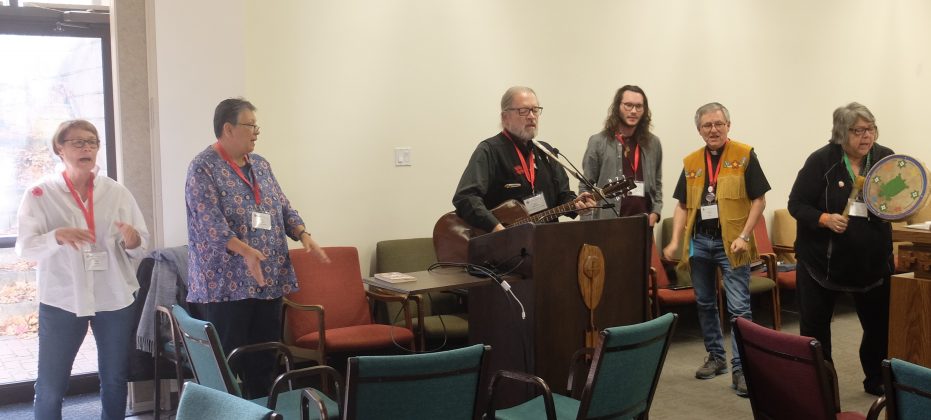 From
From 